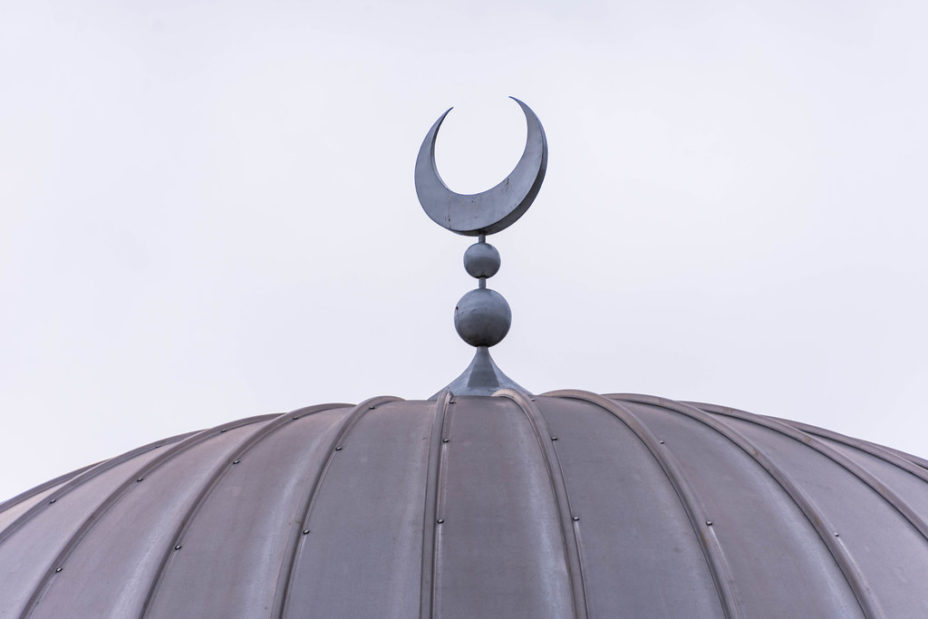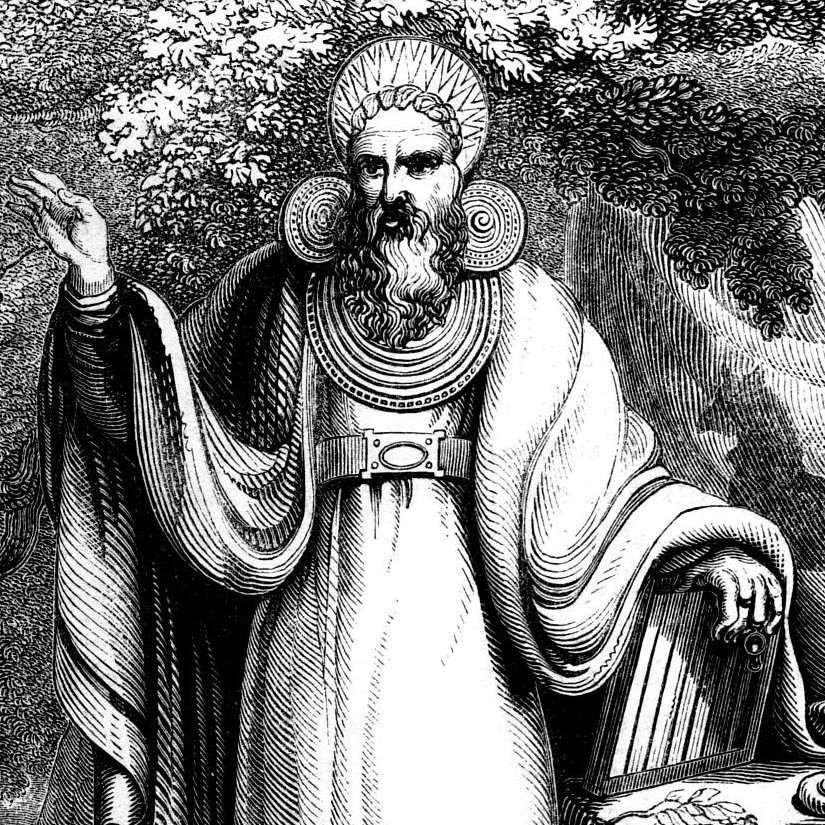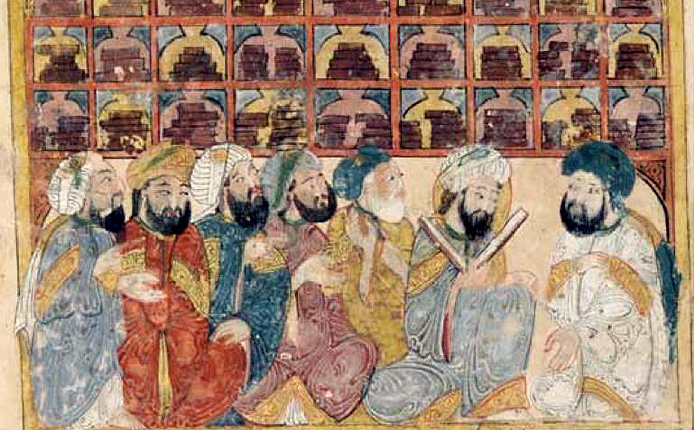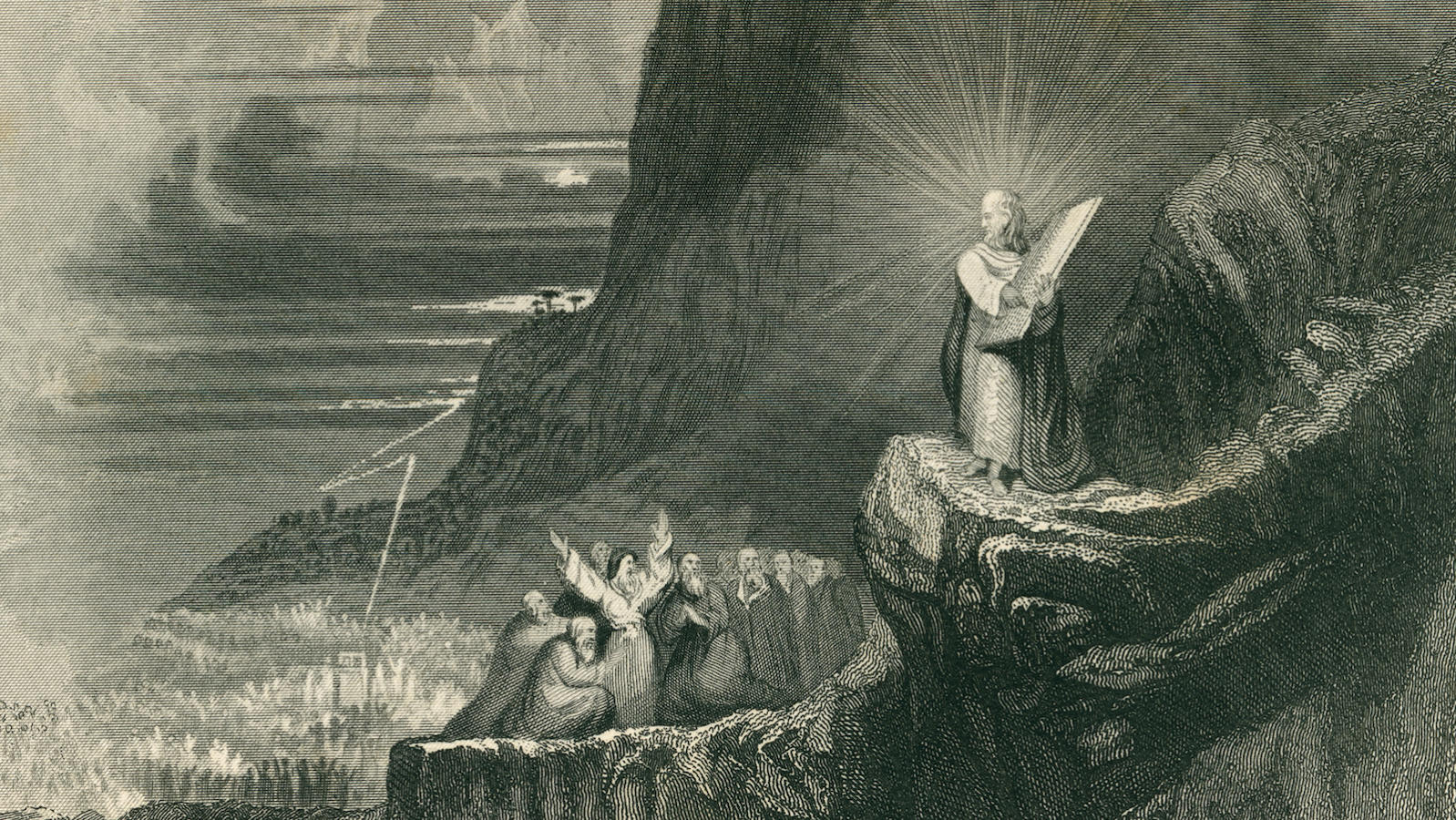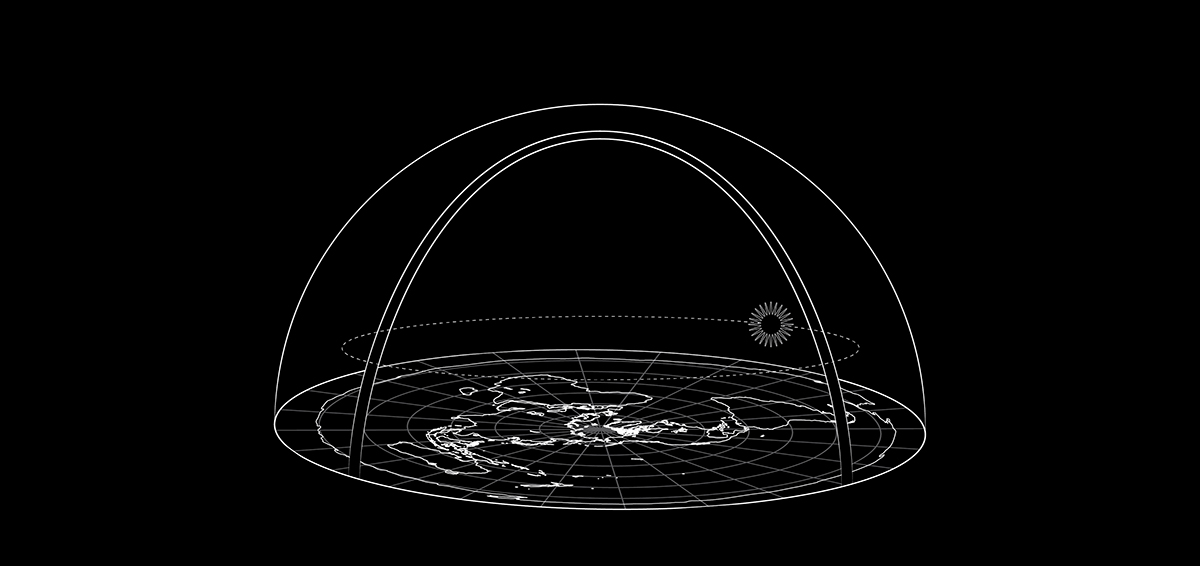The Literal Meaning
The word “Allah” comes from the phrase “al-ilah,” meaning “the god,” which was condensed into a shorter form in pre-Islamic times, as evidenced in pre-Islamic poetry. It has a very close parallel in usage to the more ancient word/title El–El was an entirely generic word just meaning “god” that could be applied as a title to different important deities.
El was used interchangeably as a neutral word for “god” throughout the Tanakh (Old Testament). It meant Yahweh (that is, the proper name of the God of the Jews) if not otherwise specified but could also be applied to various Powers worshipped by pagans. In contrast, in the Canaanite religion, it came to refer specifically to their chief deity. Yet the longstanding use in Israelite culture made using “El” for Yahweh even more popular in theophoric (God-bearing) names than names using elements of the name Yahweh (which are often rendered “Ia,” “Ja,” or “Jeho” in English.)
In contrast, another word that had once had a neutral meaning was “Baal,” which meant only “Master.” It was applied to the Canaanites’ second most important god, Hadad, who was called “Baal Hadad” or “Master Hadad” to such an extent that “Baal” became inextricably linked to Hadad. Before Baal-worshipped thoroughly contaminated the name in the minds of the Jews of Israel, even that title, in its neutral sense, was applied to Yahweh, as is seen in names with “baal” elements belonging to perfectly respectable and monotheistic Israelites.
The use of “Allah” parallels that of “El.” It could be used for any very important deity, who was regarded high enough to deserve explicit worship on his own. It also made a very convenient name for an important deity whose name was not otherwise known.
So even though “Allah” was more of a title than a name, it was the obvious choice for a name for a very important god whose name was not otherwise known. It was also used by idiosyncratic local Arab monotheists who wanted to worship a single Creator God but were not connected to either Jewish or Christian beliefs. This word was picked up by Arabic-speaking Christians and Jews for Yahweh, the God of Israel, but whether this was before or after Islam isn’t known.
Pagan Use of “Allah”
The name of Allah was, of course, already widely used by the pagans before it ever had any monotheistic meaning, but it was not applied strictly to a single pagan deity but could be used to refer with respect to any important god. Among these was probably the moon god Sin, who was important to northern Arabs, but there is no truth to the old theory that the southern Arabs worshiped a triad of a moon god “Syn,” a sun goddess, and their child the Morning Star or Venus the planet. Syn is not a full name but the trilateral root S-Y-N, and he was a sun god married to a sun goddess. Surviving El worship would have also used the name Allah.
I believe that the “Allah” worshipped by Meccan polytheists was somewhat different from these, however, and rather than being an existing deity, he was an anonymous deity who was credited with then sending of the Black Stone. To understand this, you have to understand a bit more about pagan Arab stone worship.
Pagan Arab Stone Worship
Early Islamic sources also say that the polytheists worshipped Allah and that Allah had sent the Black Stone, but that there was no idol to Allah in the Kaaba, unlike the rest of the gods. I believe the solution to this oddity is fairly simple. Stone worship was a very well-established type of Arab idolatry. Whenever pagan Arabs stopped for the night in a place without an established shrine belonging to a known god, they would stack rocks to acknowledge and worship whatever deity their encampment belonged to. Pagan gods were localized. They had territories, and they imbued their power in the very substance of their territory, so rocks of that territory gathered together localized the Power for worship.
Finding an unusual rock, then, was certainly a sign of supernatural intervention. It was especially imbued with the power of the deity of that place. And the more spectacular a rock, the more power both it and the deity mush have.
If the Arabs knew what deity had power over an area, they knew which deity sent them the rock and imbued its power into it, but if they didn’t, it was still a really good idea, in their minds, to not only worship the deity that had sent the cultic rock but then to retrieve the rock and place it in a shrine to take that focus of power with them. If you didn’t know to which deity the rock belonged, then you would worship the deity anonymously. And the name for any powerful, anonymous deity? Allah, if it is presumed to be male.
This stone would have been conceived differently than a human-made idol in which a god was thought to actually live, after being invited in: it was a natural focus of the god’s power, a gift rather than something artificial.
There were a number of recorded examples of peculiar rocks that were attributed to different deities across Arabia. In fact, while most Muslims think just one stone is saved at the Kaaba from the Time of Ignorance, in reality, a number of stones are actually retained there and revered, because Muhammad seemed to not associate rock-reverence with the kind of idolatry of shaped statues unless the stone was named after a rival god.
So now we have Allah in Mecca, used as the name of the unknown god who had sent down the Black Stone, a stone considered to striking that the Kaaba was built in the middle of the waterless mountains, where no towns or villages were, in order to serve as its shrine. Islamic sources preserve the tradition that this Allah of Mecca was associated with the three favorite goddesses of the Arabs, Al-Lat, Al-Uzza, and Manat, as the early Islamic sources record. (Arabs freely re-associated relationships between the gods of their neighbors when they acquired them–Al-Lat, Al-Uzza, and Manat did not have the same father in the pantheon of the Nabateans, but the Arabs of the Hejaz would not have had qualms about changing that.) It seems likely that Allah picked up other qualities through this association, but what they were has not survived. If the religion of the Hejaz was more influenced by pagan Yemen, then the likely candidate would be a sun god. If the religion of the Hejaz was more influenced by Nabatean paganism, then it could be El (the high god) or Sin (the moon good), based on their relationships with the three goddesses above. There is no clear evidence of any of these, though.
It should be noted that Hubal was considered a rival for Allah as the chief god of the Kaaba in Muhammad’s age, originally brought by Qusayy (the progenitor of the Quraysh) from Syria along with the three goddesses.
Potential Origins in Islam
I originally assumed (like most people do) that Allah was the name of the One God in Islam from the earliest times. After Muhammad’s vision, Khadija consulted her cousin Waraqah, who was a heretical mystical Christian, and he told Muhammad that he believed that Muhammad had been visited by God (and probably said it was through the agency of an angel). I assumed that he would have used the word Allah as the Arabic monotheists did.
However, the name Allah is only in the early surat of the Quran due to much later revelations. In their early forms, the only name for Muhammad’s god was al-Rab, the Lord, in the first surat. Next, the Quran adopted the name al-Rahman. This is not an Arabic word meaning “the Most Merciful” or “the Merciful One” as most Muslims think but comes from a pagan title given to both kingly gods and human kings from ancient times. It became used for the God of Israel by the speakers of Old South Arabian in Yemen, a different language from that of Arabic, and it seems to be the first proper name borrowed into Arabic to refer to Muhammad’s One God. The ahadith show that this confused people, though, and they were uncomfortable with this weird, foreign name suddenly coming in and being applied to “their” Lord.
Eventually, though, Muhammad adopted the name/title of Allah in its monotheistic sense, and it appears in the revelation for the first time in Surah 7, which would be close to the end of Muhammad’s third year of prophecy. This becomes very apparent when you read the Quran in chronological order–and just as shocking as it is apparent. Note that this is when one hadith, before its emendation to a more “orthodox” story, says that the angel “Israfil” was replaced by “Jibril” as the message deliverer.
Resulting Syncretism
This makes sense of all the conflicting ideas of “Allah” that are present in the early Islamic sources. How does Allah who is connected to the God of the Jews and Christians have any rational connection to a black stone or to the three “daughters” of Allah? Because “Allah” had to be defined in context, and so the two different “Allahs” were syncretized by Muhammad’s affection for his old cultic practices linked to his father’s name.
If the Black Stone had been associated with a specific god with a proper name, Muhammad would have ordered it thrown out with the idols. However, because its deity had been plausibly anonymous, the Allah of the Black Stone was easy to make the Allah of Muhammad. Muhammad’s father’s name was ‘Abd Allah, meaning the slave of Allah, a common pagan theophoric name of people in Mecca, so the name and the stone would have already had a particularly meaningful significance in Muhammad’s life. Muhammad’s particular fondness for the Black Stone was well-documented.
If Muhammad got to keep his rock through what would have been pretty transparent syncretism, other Meccans reasoned that surely they’d be able to also keep their goddesses. And for a short while only, during the time that the “Satanic verses” were in force, they did. But Muhammad quickly repented of allowing so much syncretism. He kept his “Allahs” combined, with revelations about the true source of the Black Stone to support him, but no one else got to keep their gods.
By combining the two Allahs, Muhammad was actually able to preserve the pilgrimage that was the only thing that made Mecca a regional center. Once the most flagrant idols were removed, the pilgrimage was no longer pagan but was now transformed into the pious act of a Muslim. And in the process, not just the Black Stone but any number of pagan stones and rituals were preserved, bereft of their original meaning and given peculiar new interpretations. It was clearly uncomfortable for Muhammad’s followers to defend continuing the pilgrimage with any kind of theological basis. They simply said, “Muhammad did it and said that we should do it, so we do.” And this remains the case to this day. Despite the rewriting of the Kaaba’s history, the activities there remain so flagrantly pagan that many scholars even now throw up their hands with the remark, “Only Allah knows!”
Many pagan stones and stone-related practices survived the purge. The Hajar al-Aswad, or the Black Stone, is the most famous of the pagan stones, which is, oddly, not actually black–the blackness is due to its protective coating and repeated handling, and its true very dark red-brown color can still be seen in the right light. It is not a meteorite but is almost certainly an agate. The stone Hajar as-Sa’adah is placed in the wall roughly diagonally opposite the Black Stone in the Kaaba’s structure even now, and another rock, now called the Maqam Ibrahim, is also kept in the enclosure area of the Kaaba and given an Islamic backstory. (Those who think that the Maqam Ibrahim is natural must be disappointed–the current footprints were carved by craftsmen after the natural impressions disappeared from repeated touching.) The Yemeni Cornerstone also preserves some pre-Islamic stone fragments. The Musalla Jibril are pieces of red-brown marble that are revered for supposedly being where Jibril taught Muhammad how to pray. Safa and Marwah are similarly two outcropping of stone that are part of worship at the Kaaba even now, and the “throwing of the place of the pebbles” similarly encodes pre-Islamic cultic practices of throwing stones at three pillars associated with ancient pagan stone worship. Everything except the Hajar as-Sa’adah and the Yemeni Cornerstone has been given Islamic reinterpretation, but make no mistake–they were all pagan focuses of worship.
What About the Moon God?
Various moon connections do keep popping up within Islam, but it is not because “Allah” was specifically understood as a moon god in pagan times. The star and crescent are ancient (and, yes, pagan) symbols in the Middle East that became grafted into Islamic imagery through a separate process, and yes, the god of writing was certainly associated with the moon across the Fertile Crescent, but there is no evidence that “Allah” of the Black Stone was understood to be a moon god.
So when the word Allah is used, just as when the word God is used, there should be the question, “Which Allah?”
